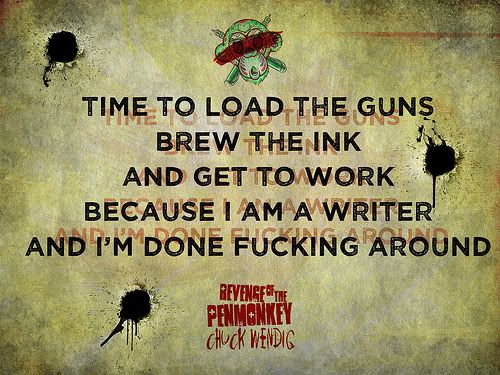She’s like a miniature Tank Girl. Moreso than Strongbad, she is ‘tiny Heavy’.
I’ve had an interest in strategy games for many a year, from the tabletop war simulations like Squad Leader and Risk to 4X computer games in the style of Civilization and Master of Orion. I’ve made a series of entries on StarCraft 2. But like Master of Orion taking the 4X formula into SPACE, there was a precursor of the original StarCraft that shook up the standard RTS setup.
It’s a custom map for Warcraft III called Defense of the Ancients.
Often abbreviated “DotA”, the game does not focus on base construction or unit composition, but instead casts each player on the opposing teams as a single hero unit, supporting the automatically-generated waves of disposable peons called ‘creeps’ as they attack the enemy base. Each hero or ‘champion’ has a set of unique powers that they “level up” RPG-style and can also purchase items to bolster their abilities. This heady mix of RPG gameplay and RTS rhythm and competition has come to be known as either DotA-type, Multiplayer Online Battle Arena (MOBA) games or Action RTS – ARTS.
I missed out on the initial DotA stuff, and actually had to dig out my old collector’s edition disk of Blizzard’s seminal RTS. Unfortunately I also require the expansion, The Frozen Throne, and while I have some copies of the disc I don’t know if such copies will be recognized for legitimate online play, even on a custom map. I don’t need Blizzard’s secret police knocking down my door. So while I wait for my next paycheck, I’ve been getting to know this variation on the game a bit more through Riot Games’ free-to-play take on the genre called League of Legends.
From what I understand thanks to some help from the fine gents and ladies of Team Liquid, there are some fundamental differences between League of Legends and the original DotA. The overall impression is that Riot’s entry into the ARTS is ‘easy mode’ as champions do not need to worry about getting in final hits, proper use of town portal scrolls and the mechanics of the more limited eengine. DotA sounds more unforgiving and, by extension, more rewarding than LoL. I’m looking forward to trying it out.
What makes games like League of Legends appealing is something I’ve alluded to previously. While you can get into team matches in StarCraft 2 they are not the crux of the game’s multiplayer scene. This may be the perspective of an admittedly casual gamer, but when it comes to extended sessions of games keyed for multiple players, going solo against a single opponent can get very lonely. I’ve had a few good experiences so far in LoL teaming up with others. I’ve had some bad ones, too, but I chalk that up to some of my fellow players being quick to blame newcomers like myself instead of examining their own shortcomings. Because that’s hard!
Anyway, League of Legends is at least helping me grasp the basics of this ARTS genre. Steam is working on a direct sequel to DotA itself, while Blizzard revealed that they are creating their own proprietary version with characters culled from their various IPs. I don’t feel pressed for time by either of these, and I do plan on firing up the original DotA once I’ve acquired a fresh, legit copy of Frozen Throne. For the most part this will strictly be for enjoyment, rather than some attempt to develop competitive skills.
I know I may never break into any level of professional gaming, nor do I want gaming to turn into a job to the point that I cease enjoying it. After all, if I had to focus entirely on one game for hours on end, things like League of Legends might pass me by completely. I’m entertaining the notion of starting an adventure in Terraria with a couple others, I plan on coaching a friend in Magic the Gathering and there will always be new single-player games to explore. However I spend my leisure time when firing up Steam or a console, the goal will not necessarily to be a top-level pro or boast the highest APM, but simply to have fun.
That’s what games are for, after all. Right?



